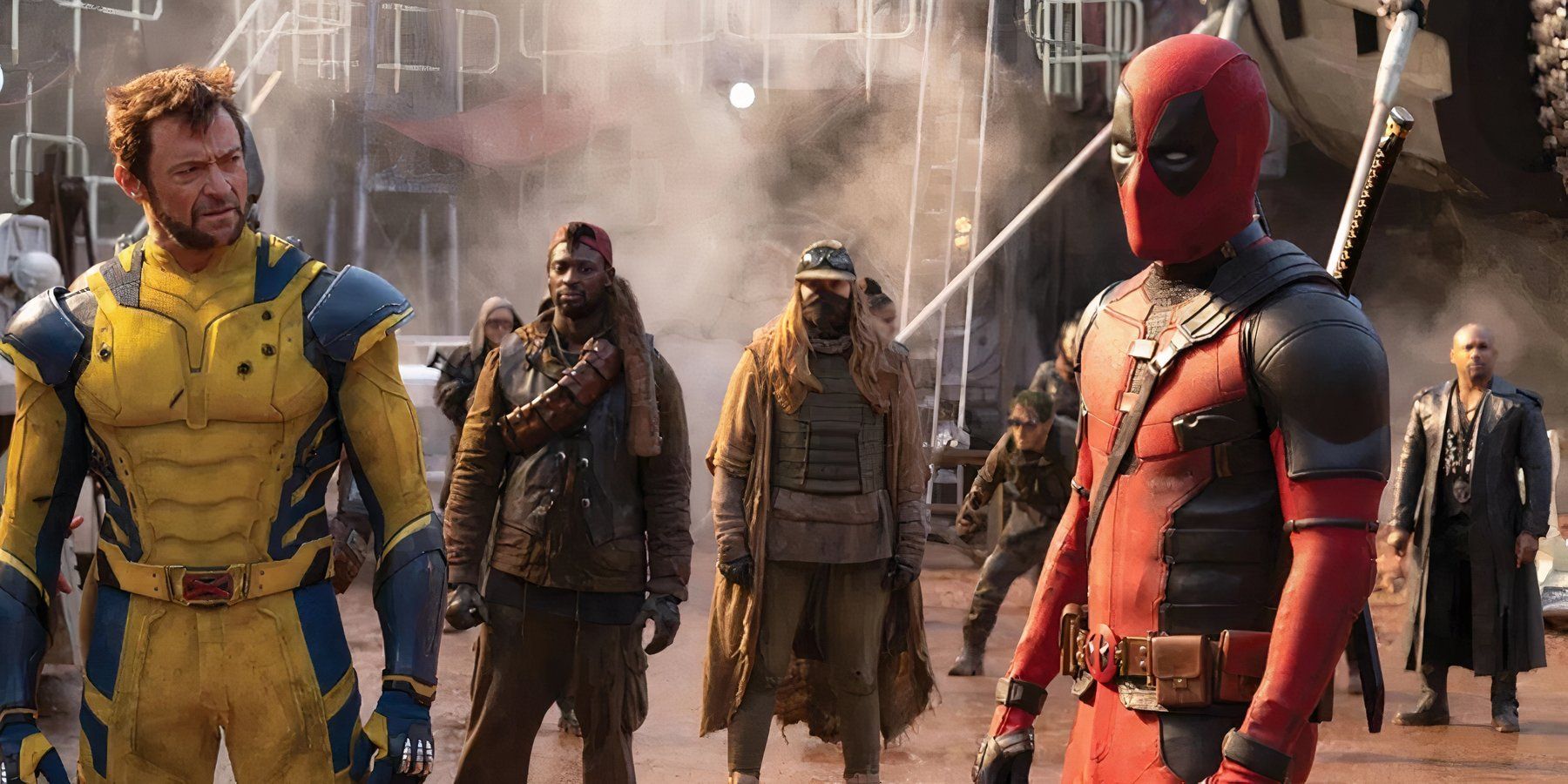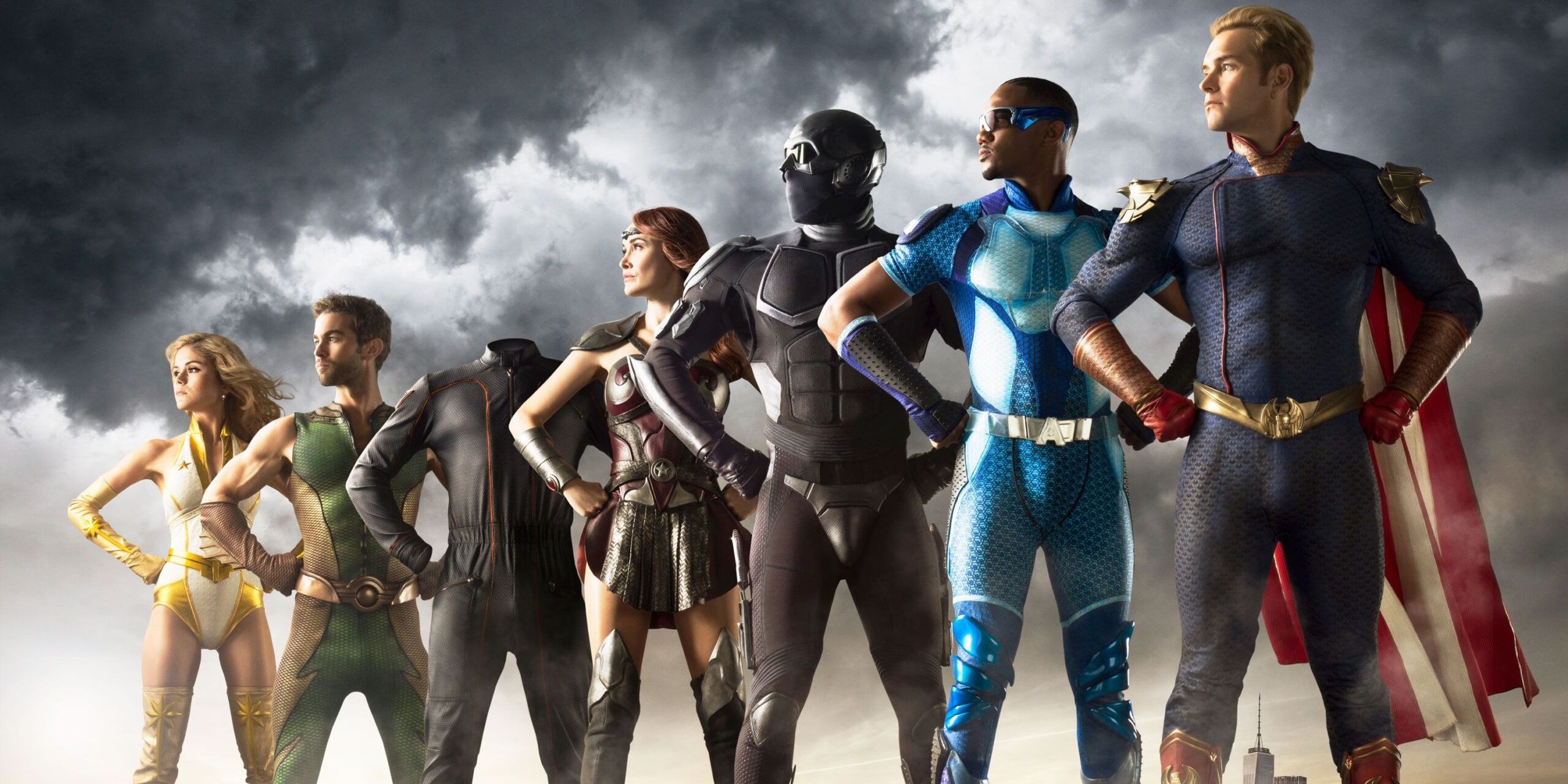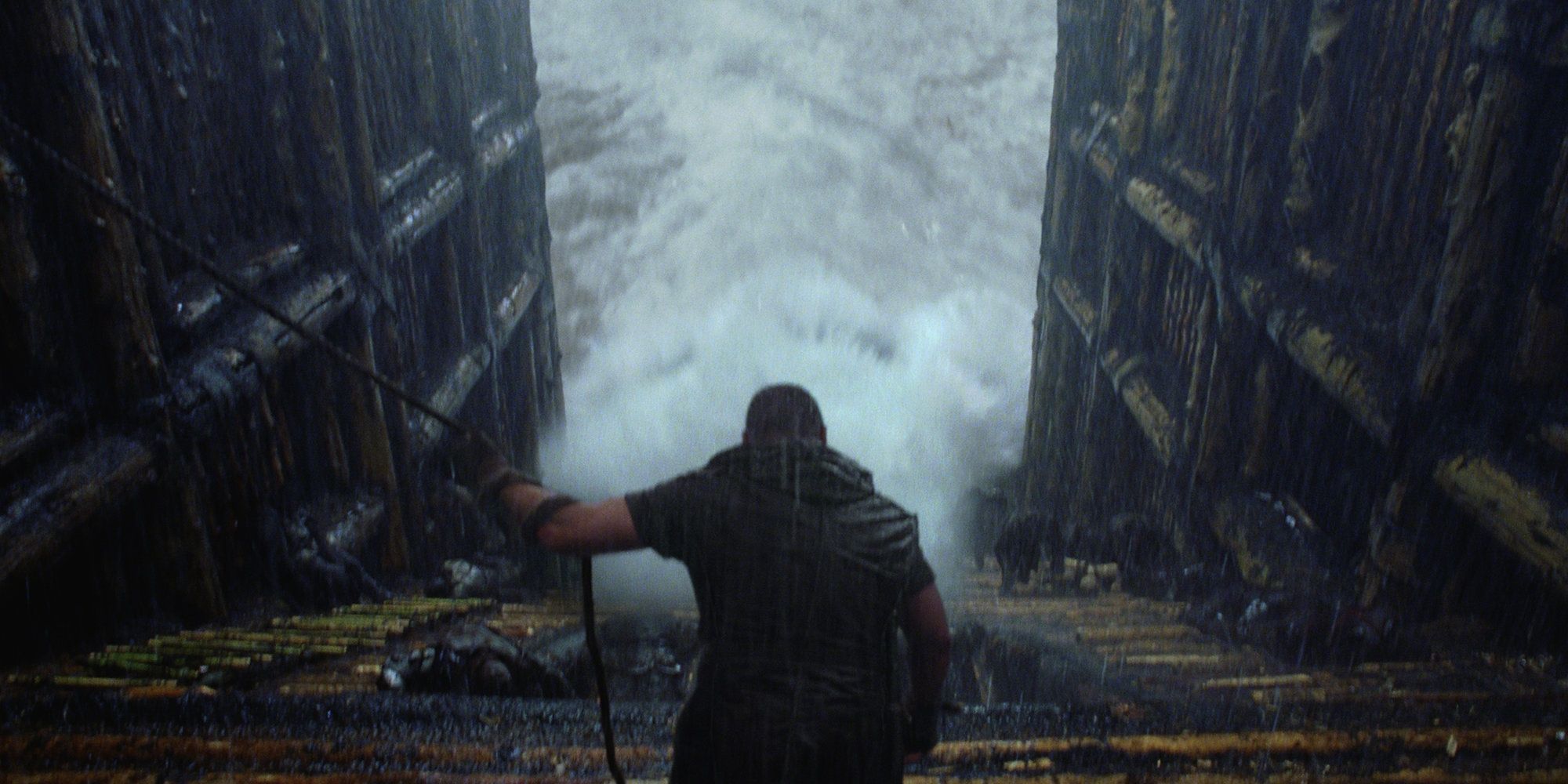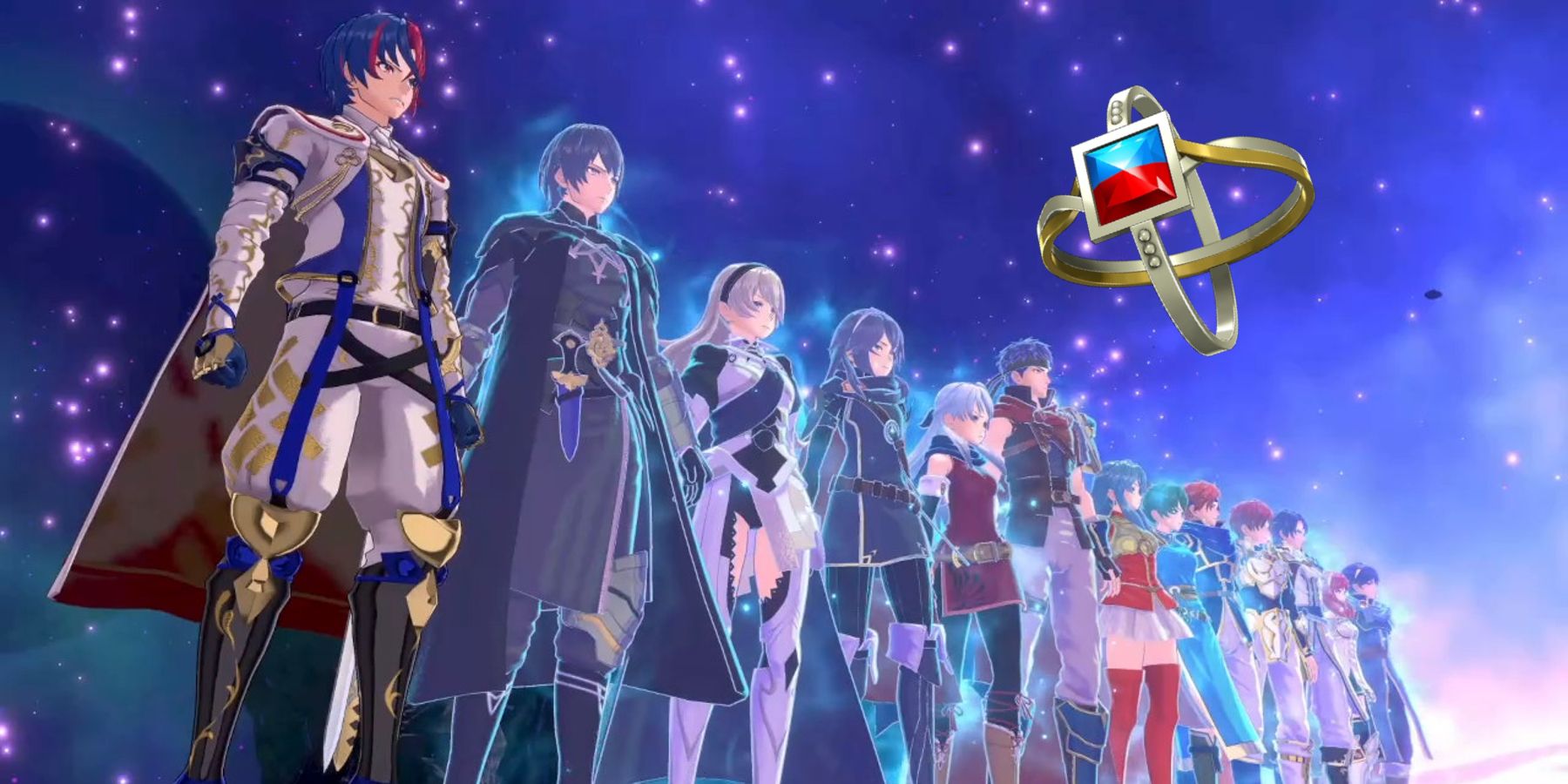Originality is largely dead as a concept. Art cannot be created from without, everything takes inspiration from something, and nothing can exist without collaboration. Some examples are more obvious than others. Some parodies, deconstructions, or dissections require the use of another story's concepts. When an artist needs to take an entire character for one reason or another, their slightly altered version becomes an Expy.
A popular character can mean countless different things to different people. They can exist as shorthand for a variety of concepts, represent an archetype, or inspire any number of interpretations. Some characters are carefully guarded by the powerful owners of their intellectual property, so fans will only get to explore all the possibilities through an Expy.
When a video game introduces a character who is blatantly a ripoff of a popular film character, that's an Expy. When a book creates a figure who is clearly identical to an icon of famous literature, that's an Expy. When a superhero show brings out the thousandth evil version of Superman, only removed from the original model by name and color scheme, that's an Expy. Expy is short for "exported character," and it refers to any example of an artist blatantly borrowing an existing icon for a new context. Sometimes an author will adapt a character they previously created, perhaps to grant them a new dimension or a second chance at the spotlight. Other authors will borrow existing characters to show them in a new light. It sounds a bit unimaginative, but there are tons of great examples of well-intentioned Expys.
Arguably, the concept of exporting characters from stories is as old as the concept of stories. Foundational myths from multiple cultures as far-flung as India and Greece developed simultaneously and frequently rebranded central characters. There are tons of parallels between the deities of these pantheons. The less-pleasant version of this concept arose when Abrahamic religions joined the scene. As part of Christianity's "no other gods before me" mandate, the story of the Bible created Expys for every major other religious figure. Foreign deities like the Irish Tuatha Dé Danann were demoted to much more human status. As Abrahamic religion became dominant, western cultural understanding of older religions would create Expys out of their major figures. That's why modern depictions of polytheistic faiths often pick heroes and villains where they didn't previously exist. The dominant religious group hollowed out all the rival faiths and made Expys of their entire pantheon.
The go-to modern example of Expys comes from the extremely popular world of superhero deconstruction. Invincible and The Boys have a lot in common, both focusing on a beloved superhero who is secretly horrible. The primary cast of both shows features a group of superheroes who stand in for the Justice League. The Boys features The Seven, a group of artificially enhanced superheroes who are actually corporate-owned soldiers with a variety of deadly hang-ups. Invincible depicts the Guardians of the Globe, who aren't around quite as long but still comfortably fit the bill. Both groups have a speedster, a warrior woman, a black-clad martial artist, and an obvious evil equivalent to Superman. These characters are extremely clear in their inspiration and their resemblance to existing figures are intentional statements. The stories wouldn't work without the appropriate Expys.
Video games frequently expropriate characters and entire storylines from films. From every fighting game introducing Jackie Chan or Bruce Lee to most action games adapting tons of characters from 80s action movies, games love to add interactivity to existing material. The built-in excuse of finally letting fans get a hands-on experience with their favorite art usually covers any concerns. In many other cases, video game franchises are built out of Expys of earlier entries. Take From Software, which started with Demon Souls and moved through the entire Dark Souls franchise with recurring characters and concepts. Beings that emerged in the original PS3 title have been reimagined through sequels into entirely new characters. The Fire Emblem franchise similarly works almost entirely around Expys. Fans categorize every new character by which archetypal older character they're clearly based on. This has become so central to the storyline that the latest entry, Fire Emblem: Engage, brings new Expys into conversation with old ones.
The Expy is a simple trick, but it can have immense ramifications in a story. The ability to create in-depth commentary about a character that isn't public property is crucial to deconstructing an existing genre. There are more Expys of Superman than there are straight depictions of the original superhero these days. The choice to use an Expy can be questionable, but as long as the author has something to say about the exported character, there's a good reason to borrow them. The world needs original characters, but it also needs the sharp eyes of artists to depict old faces in new lights.






